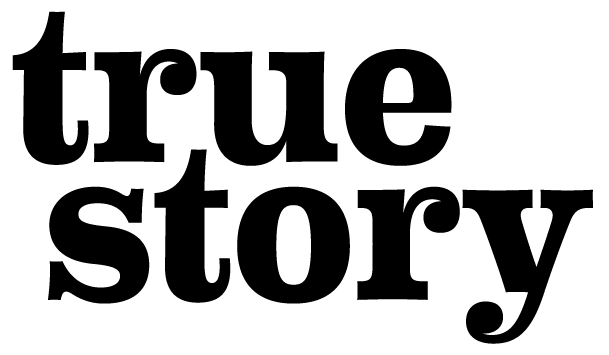Some cultures just aren’t ready to change.
As consultants, we’re eternally optimistic. In our work with clients, we pride ourselves on being able to dislodge old patterns and foster a renewed sense of team spirit.
Most of the companies we work with have dynamic leaderships and let’s-all-pull-together cultures, even in the face of unimaginable challenges. (Can anyone say “Covid-19″?) But occasionally, we work with organizations that are stuck in endless loops and are literally unable to move forward. It’s devastating to watch.
So why are some organizations able to pull together and navigate challenges small and large, while others get mired in pig mud, unable to make progress? Why are some organizations able to adapt and evolve – while others keep doing the same things over and over again?
Here are the “trouble signs” we’ve observed over the years.
Trouble Sign #1: Putting personal interests ahead of the “common good.”
Cultures that allow leaders to become tightly vested in issues that further personal interests, rather than what’s good for the organization as a whole, are not on a good path. This is particularly lethal when a leader feels “wronged” and that the organization “owes” him or her retribution.
Trouble Sign #2: Obsession with looking in the rearview mirror.
Cultures that allow team members to dwell on past insults and grievances will unwittingly foster permanent roadblocks. Hard as it is, sometimes it’s just time to move on. Cultures that encourage team members to keep looking forward are inevitably more productive.
Trouble Sign #3: Needing to “be right.”
When leaders or team members get caught in the cycle of proving they’re “right,” rather than truly listening, the culture suffers. This kind of behavior has to change in order to put the company back on track.
Trouble Sign #4: Inability to reach a “good and go” place.
An addiction to perfection can lead to cultural shipwrecks. We’ve found that “stuck cultures” often are wedded to perfection – perhaps as a way of making up for past mistakes? Cultures must embrace the idea of “good enough,” or as we call it “good and go,” in order to make meaningful progress.
Trouble Sign #5: Inability to make tough decisions.
It’s great to be respectful. But when the “polite dance” impedes honest conversations, it’s time to make a change. Cultures that promote an over-anxiety about people’s feelings can often get caught in the trap of avoiding tough decisions – over and over again. At a certain point, teams have to engage in open discussions. Setting ground rules is a great way to ensure these discussions are “safe” and productive.
Trouble Sign #6: Unwillingness to call out bad behavior.
Similar to the last trouble sign, groups that fear “ruffling feathers” by pointing out bad behavior, run the risk of allowing non-productive behaviors to take hold and eventually run rampant. “Bad actors” will become emboldened and will infect how conversations unfold, eventually torpedoing any chance of building effective cultural norms.
Trouble Sign #7: Dismissal of and even mocking of expert advice.
Cultures that are in distress often reach out to experts. But if leaders and team members have a fundamental inability to hold tough conversations and call out bad behavior, most likely the advice of experts will go unheeded – or more dangerously, will be mocked. Precious resources will be wasted (money spent on expert consultants, time spent working with the consultants, etc.) and morale will sink to new lows. In short, no one will win.
Final thoughts.
Recognizing the trouble signs early on is critical. If these signs start to crop up, it’s imperative that a “whistle blower” comes forward to re-direct the culture. It’s better if a leader has the wherewithal to do this. But even if it’s a brave team member without leadership status, hopefully leaders will recognize good counsel when they hear it.
